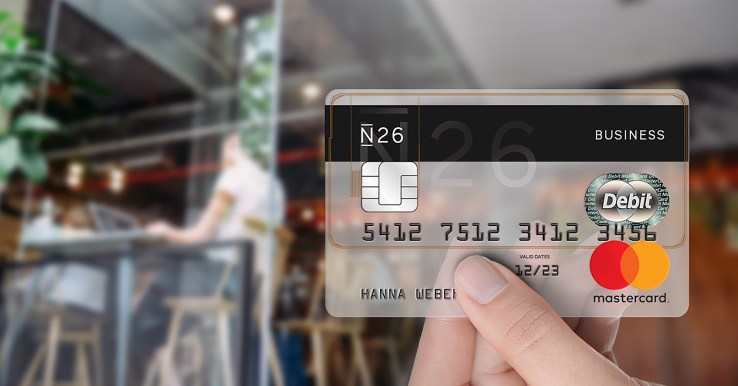
If you’re a freelancer or self-employed person, you can now open a dedicated business account with N26 in just a few minutes. These business accounts are pretty similar to the consumer accounts with one additional feature — you get 0.1 percent cashback on all your card purchases.
Business accounts are available in all European countries where N26 already operates. You can’t open an account for a full-fledged company yet, but N26 says that more business features are coming soon.
Here’s a quick recap of what you can do with an N26 account. You can control your card in real time from the app. For instance, you can block foreign transaction or set a limit on ATM transactions because you rarely withdraw cash.
You can pay anywhere around the world with your N26 card without any exchange rate markup or foreign transaction fee. You can also get real time notifications of your transactions on your phone if you care about security.
N26 already has 300,000 customers. It’s clear that the startup wants to recreate a retail bank for European consumers first and foremost. In its current state, business bank accounts seem like an afterthought. But it’s interesting to see that it took little effort to customize the product for freelancers and self-employed persons.
Business bank accounts also seem like another market altogether. Startups like Qonto and Ibanfirst are committed to business bank accounts with a different set of features when you compare it to N26. But maybe the N26 for business bank accounts is going to be N26, after all.
As a side note, I’ve been using N26 as my main personal checking account for a few months now, and it’s been rock solid. I’m quite impressed with N26’s product offering. It’s clean, straight to the point and reliable. I consider my bank account as infrastructure, so that’s all I need.
Read more
Comments
Post a Comment